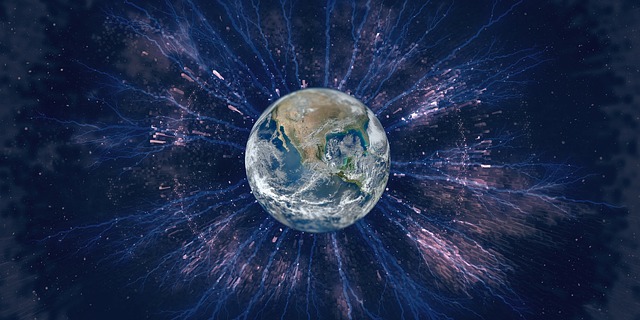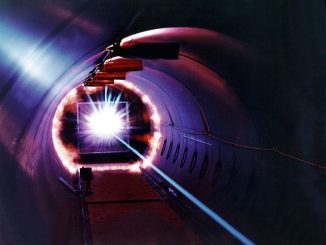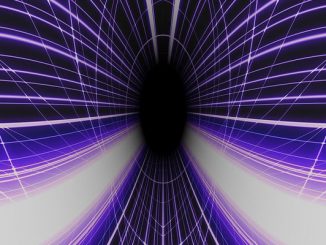
It’s been less than a year since China launched their quantum communications satellite into space. That’s a major achievement in itself because the satellite is the world’s first ever quantum communications satellite. Now, China has gone even further by successfully creating and sending entangled photons from space to Earth-based ground stations.
A photon is a particle of light. Entangled photons refer to a pair of photons that are connected to each other in such a way that they behave as one entity even when they are physically apart, and what happens to one automatically affects the other.
Technically, the behavior is called quantum entanglement. Einstein referred to it as ‘spooky action at a distance’. And while its existence has been demonstrated before, this is the first time it’s been shown to hold up at a record-breaking distance — about 10 times farther than the previous record.
To achieve this feat, the team led by Professor Jian-Wei Pan of the University of Science and Technology of China generated photons using a laser on their specially designed satellite nicknamed ‘Micius’ which was orbiting 300 miles above the Earth. The photons were then transmitted to two ground-based stations located 750 miles apart. Both stations are located in the Tibetan mountains, high enough to reduce the amount of air and the distance the photons had to travel through. And guess what, the experiment was successful! In spite of the distance, several tests made on the ground proved that the entangled photons remained ‘entangled’.
There’s a compelling reason for proving that quantum entanglement is real.
As cyber-attacks are becoming more common and cybercriminals are getting smarter (we don’t mean that as a compliment), the need for a more secure way of communicating is becoming more urgent. This is why applying the concept of quantum entanglement is becoming more and more appealing, especially with promising demonstrations such as this experiment.
Quantum particles behave strangely, that’s a given. It is exactly this weird behavior that makes them so suitable for secure communications. To be more specific, the link between entangled photons is so powerful that any form of disturbance, even just simply observing one of them, is enough to affect the other.
Applying this to encrypted communications, with the entangled photons serving as the keeper of ‘decryption keys’, when one of the entangled photons is measured or detected in some way, the other photon is somehow alerted, the system changes and the decryption key becomes unusable, keeping the encrypted data encrypted. It is this method of communication that can one day allow sending and receiving of messages without wires and cables, and more importantly, with no fear whatsoever of having to deal with compromised data.
The research was recently published in the journal Science.
- Bulenox: Get 45% to 91% OFF ... Use Discount Code: UNO
- Risk Our Money Not Yours | Get 50% to 90% OFF ... Use Discount Code: MMBVBKSM
Disclaimer: This page contains affiliate links. If you choose to make a purchase after clicking a link, we may receive a commission at no additional cost to you. Thank you for your support!




Leave a Reply